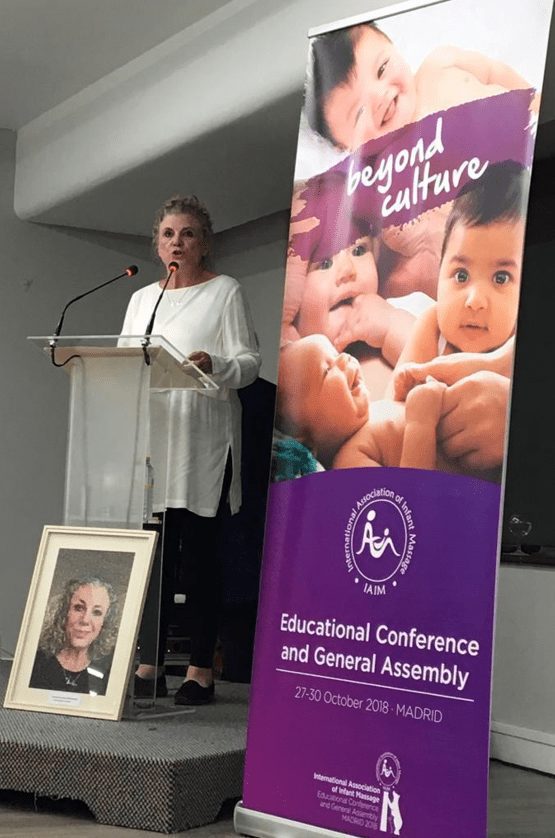UK scientists have embarked on a six-year project to map how nerve connections develop in babies’ brains while still in the womb and after birth.
By the time a baby takes its first breath many of the key pathways between nerves have already been made, and some of these will help determine how a baby thinks or sees the world, and may have a role to play in the development of conditions such as autism, scientists say. How this rich neural network assembles in the baby before birth is relatively unchartered territory.
Researchers from Guy’s and St Thomas’ Hospital, King’s College London, Imperial College and Oxford University aim to produce a dynamic wiring diagram of how the brain grows, at a level of detail that they say has been impossible until now. They hope that by charting the journeys of bundles of nerves in the final three months of pregnancy, doctors will be able to understand more about how they can help in situations when this process goes wrong.
According to Professor David Edwards, director of the Centre for the Developing Brain, “There is a distressing number of children in our society who grow up with problems because of things that happen to them around the time of birth or just before birth. It is very important to be able to scan babies before they are born, because we can capture a period when an awful lot is changing inside the brain, and it is a time when a great many of the things that might be going wrong do seem to be going wrong.”
Neural Networks
The study—known as the Developing Human Connectome Project—looks at more than 1,500 babies, studying many aspects of their neurological development. By examining the brains of babies while they are still growing in the womb, as well as those born prematurely and at full term, the scientists will try to define baselines of normal development and investigate how these may be affected by problems around birth
Central to this project are advanced MRI scanning techniques, which the scientists say are able to pick up on details of the growing brain that have been difficult to capture until now.
While in the womb, fetuses are free to somersault in their amniotic sacs, and this constant movement has so far hindered clear images of growing brains. But researchers at the Centre for the Developing Brain have found ways to counter the effects of these movements, building up full three-dimensional pictures while the fetus is in motion.
By placing the MRI machine in the neonatal intensive care unit at Evelina Children’s Hospital in London they are one of the few centers in the world to have a scanner in such close proximity to the babies who often need it most, Professor Edwards says. This means the same scanning system can be used to find out more about the brains of the sickest and smallest newborn babies, he says.
Macro Level
Daniel Rueckert, professor of visual information processing at Imperial College London, who is also involved in the research, says, “We are trying to look at brain connectivity in two ways: firstly, from a structural perspective, to find out which parts of the brain are wired to other parts. And secondly we are looking at functional connectivity – how strongly two brain regions are linked across time and activity.”
Professor Rueckert acknowledges that this map will provide a “macro-level” view of the developing brain and not be the final answer. He points to early results from the adult version of this project—the Human Connectome Project, based in the US— “There is so much evidence already from the adult project that there are significant changes in the brain that can be mapped with the technology we have now. It will be incredibly useful to be able to do this with the still growing and developing brain—perhaps giving us more time to intervene when things go wrong.”
